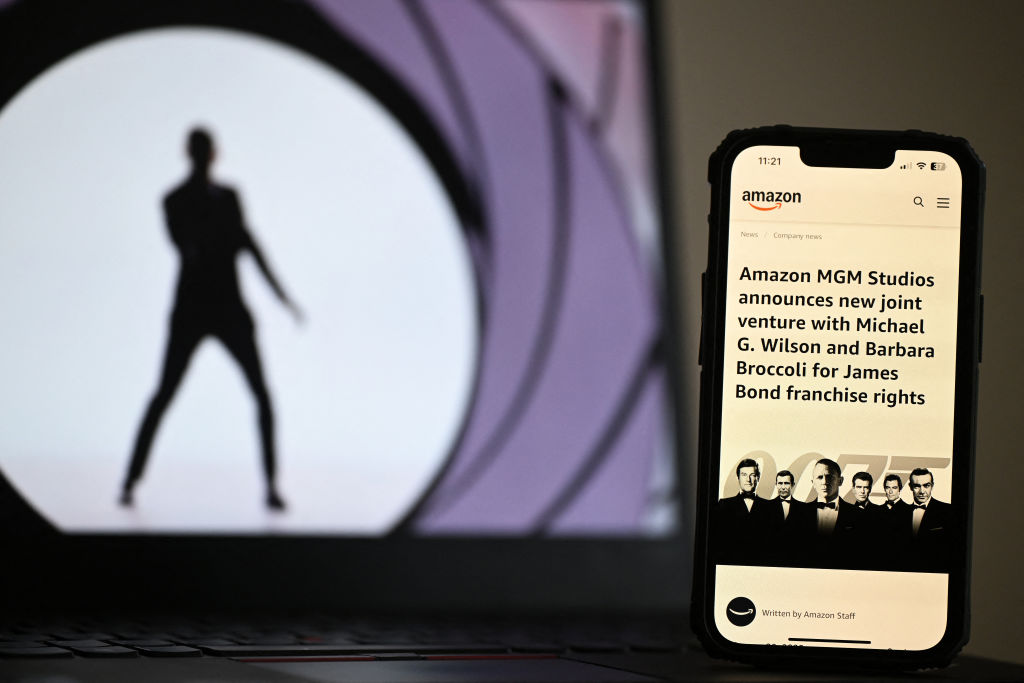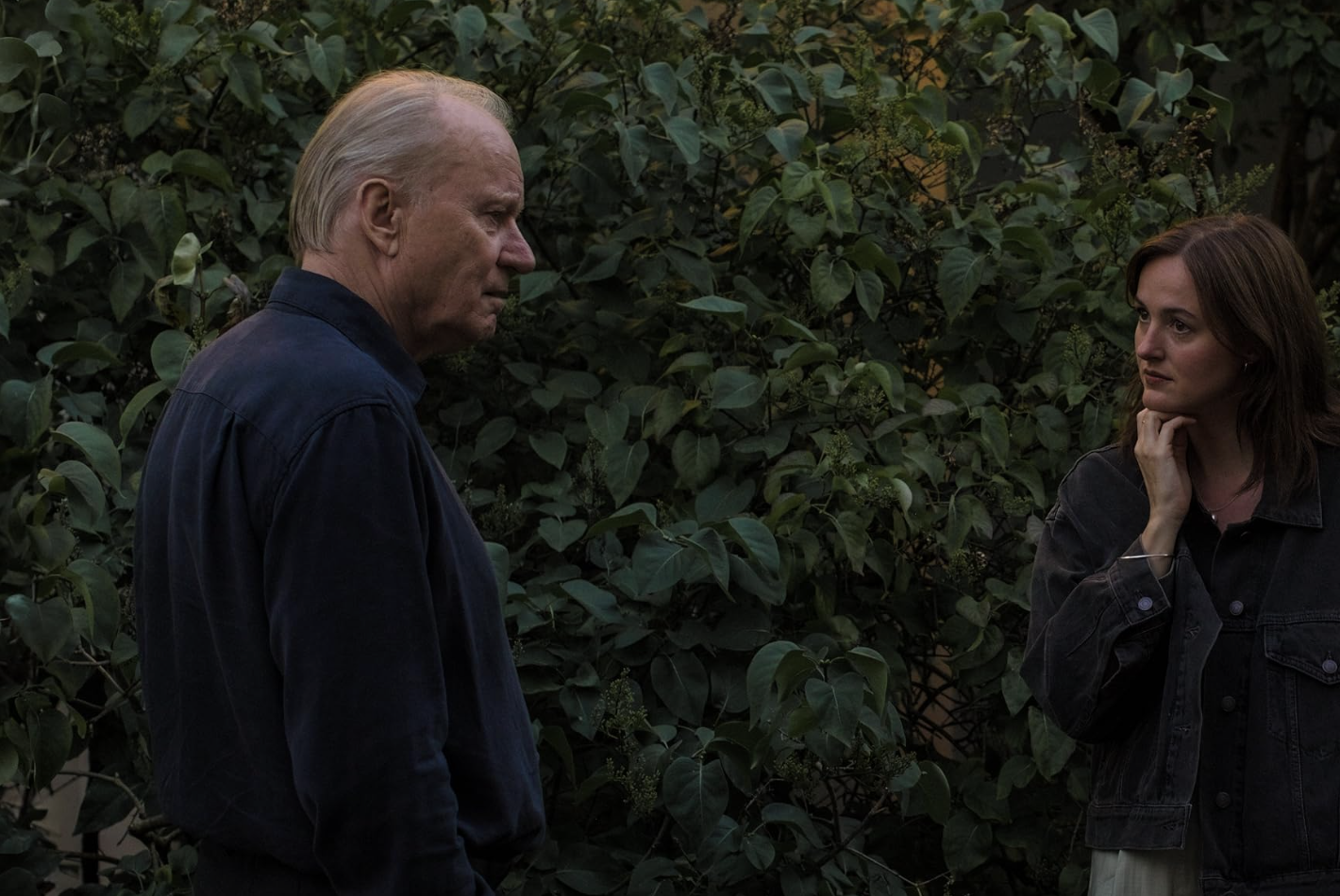Can anyone name the actors in the new Alien: Romulus movie? No, me neither. Which seems odd for such a massive franchise, but then I struggle to name a single film star under the age of about thirty-five, and I consider myself a movie buff.
As is often the case with the release of a new sequel, I returned to the original for reappraisal. Yes, Ridley Scott’s masterwork is still frightening and expertly paced, but what makes the film exceptional is the diversity of the acting talent. And by diverse, I don’t mean the sort of DEI casting-by-numbers that turns every movie into a shiny Benetton commercial. No, I mean that in the 1979 original, we witness the full gamut of acting talent available at the time. Classical actors John Hurt and Ian Holm are on fine form, as is the burgeoning movie star Sigourney Weaver. Then there’s old-timer Harry Dean Stanton doing his thing alongside relative newcomer Yaphet Kotto, who played grumpy engineer Dennis Parker. Even the ship’s cat puts in a memorable performance.
Bland, inoffensive casting drains the lifeblood from movies
I’ve no doubt the Romulus actors gave it their best shot, but as with so many modern action movies, the casting feels like a committee-led afterthought. You can just imagine the risk-averse studios insisting that none of the actors should be allowed to detract from the costly special effects. What we end up with is a bunch of generic young nobodies who won’t alienate (sorry) global audiences.
But bland, inoffensive casting drains the lifeblood from movies. Actors become mere tools, there simply to drive the narrative. As for appealing to “global markets,” I reckon we should impel studios to paint “NEVER PATRONIZE YOUR AUDIENCE” in huge letters across their backlots.
I can’t imagine any producer these days having the temerity to cast a middle-aged, 5’4″ RSC actor as a ruthless android in a major Hollywood flick, but Ian Holm’s performance as Ash is unforgettable precisely because his skill, experience, and personality are what shine through. He can even imbue an emotionless robot with a complex set of characteristics.
Scott’s original Alien is unashamedly grown-up, and it shows in his choice of actors, each one a smart, well-rounded adult. In contrast, what Romulus presents us with is yet another bunch of bickering adolescents going through the formulaic motions. At times, I thought I’d stumbled on a weird episode of Hollyoaks. Resurrecting a wobbly AI version of the late Ian Holm only emphasizes how far the infantilized franchise has fallen.
The trend for casting nondescript youths in major Hollywood roles may just be a cheap and cynical attempt to woo nondescript youths back into multiplexes, but younger audiences are far more discerning than producers give them credit for. Rather than watching cardboard reflections of themselves, kids much prefer movies that offer them insight into the vagaries of adulthood — something the original Alien does brilliantly (“Hey kids, you think sex is messy? Wait until you experience childbirth”).
People complain about sexism within the industry, but the much bigger problem right now is surely ageism. Over the past ten years or so, older actors have been largely airbrushed from big studio pictures. This is horribly short-sighted and shows a real lack of imagination. Without the wisdom, insight, and craggy world-weariness of older actors, all we are left with is ninety minutes of youthful sound and fury, which doesn’t appeal to anyone — not even callow youths.
The blandification of the casting process is surely symptomatic of an industry in severe decline. The fact that Alien: Romulus is essentially a reshoot of the first movie but without any of the sophistication and charm of the original cast tells us everything we need to know about the level of contempt producers now have for their dwindling audiences. If Hollywood continues to fail in its duty to deliver arresting actors in compelling storylines, they will soon discover that customers have other, much cheaper forms of entertainment they can turn to.
This article was originally published on The Spectator’s UK website.























